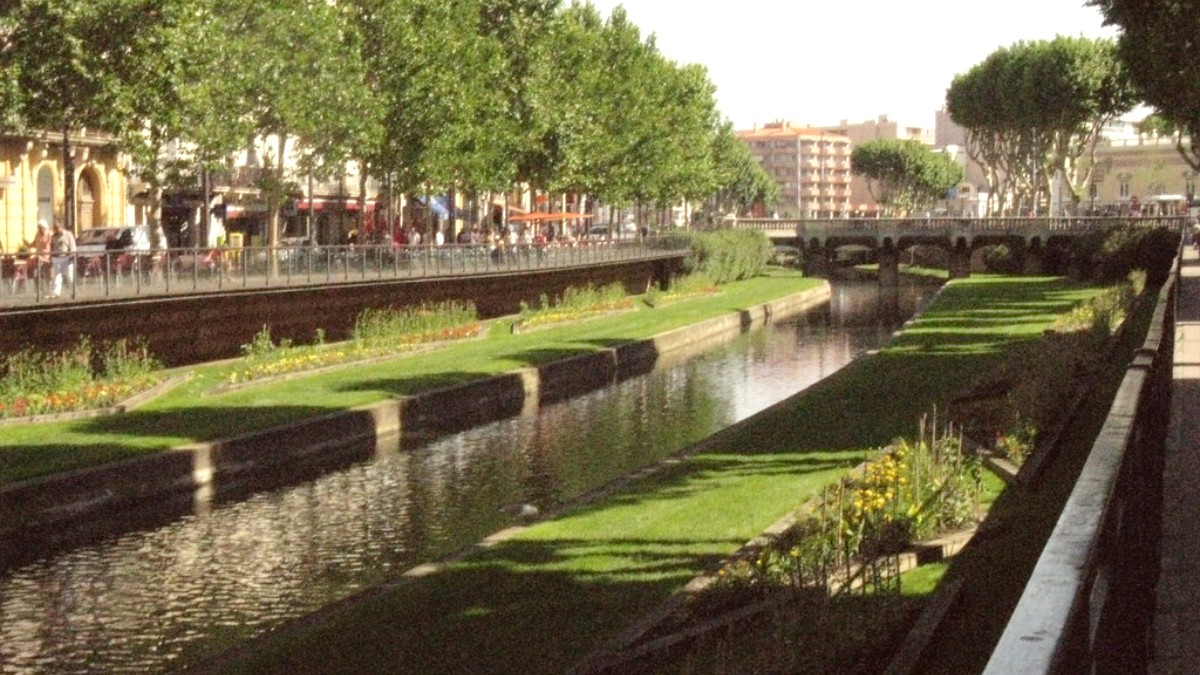
Languedoc Roussillon, France
Travelers often find Perpignan a relaxed city, with a slower pace than larger French metropolises. Its compact city center makes exploring on foot easy. The city features historic buildings, tree-lined boulevards, and a river. Visitors discover Perpignan a good base for exploring not only the city itself but also the surrounding region.
Perpignan presents a mix of urban exploration and access to natural beauty. Its cultural identity, a blend of French and Catalan elements, creates a singular atmosphere.
The city’s history is readable in its stone buildings and its people’s traditions. Visitors to Perpignan discover a place with character, sunshine, and a welcoming feel.
Perpignan occupies a strategic position in Southern France. It lies at the junction of several geographical zones, giving it a diverse natural setting. The city sits on the Roussillon plain, a flat, fertile area that extends to the Mediterranean Sea.
Perpignan's history reaches back to Roman times, but its prominence grew significantly in the medieval period. The city’s most significant historical period began in the 13th century when King James II of Mallorca made Perpignan the continental capital of his newly formed Kingdom of Mallorca.
In 1276, Perpignan became the continental capital under King James II.
In 1659, the Roussillon region, including Perpignan, ceded from Spain to France.
The 20th century saw the city continue to develop, with cultural and artistic connections.
Salvador Dalí declared Perpignan train station the "Center of the World" in 1963.
Today, Perpignan maintains its French nationality with a strong Catalan cultural identity.
To the east, just 15 to 20 minutes away by car, rests the Mediterranean coast, offering easy access to sandy beaches and coastal towns. To the south and west, the Pyrenees mountains rise, with Mount Canigou dominating the western horizon on clear days. Perpignan's location also places it close to the Spanish border, about 30 kilometers south.
The city rests on a fertile plain extending to the Mediterranean, yielding grapes, peaches, and apricots. The Têt River flows through Perpignan, dividing the city and shaping its growth.
The Mediterranean coast is a short drive, with sandy beaches to the north and rocky coves to the south. The Pyrenees foothills are nearby, offering hiking and scenic drives.
The combination of plain, sea, and mountains creates a varied natural environment, supporting diverse activities and providing a backdrop for exploration.
Perpignan presents a travel experience that combines history, culture, and access to natural beauty. Here is a quick look at what travelers find in this French city with a Catalan heart.
The Palace of the Kings of Mallorca, Castillet, and Cathedral Saint-Jean-Baptiste mark Perpignan’s historical journey.
Food in Perpignan blends French and Catalan flavors. Les Halles Vauban and local markets offer diverse dining choices.
Art at Hyacinthe Rigaud Museum, cultural events, and outdoor pursuits on the coast or in the Pyrenees are available. Day trips to nearby towns enrich the experience.
Perpignan's city center is walkable. A local bus network (Sankéo) covers distances within the city and immediate surroundings. The train station links Perpignan to major French cities and Barcelona.